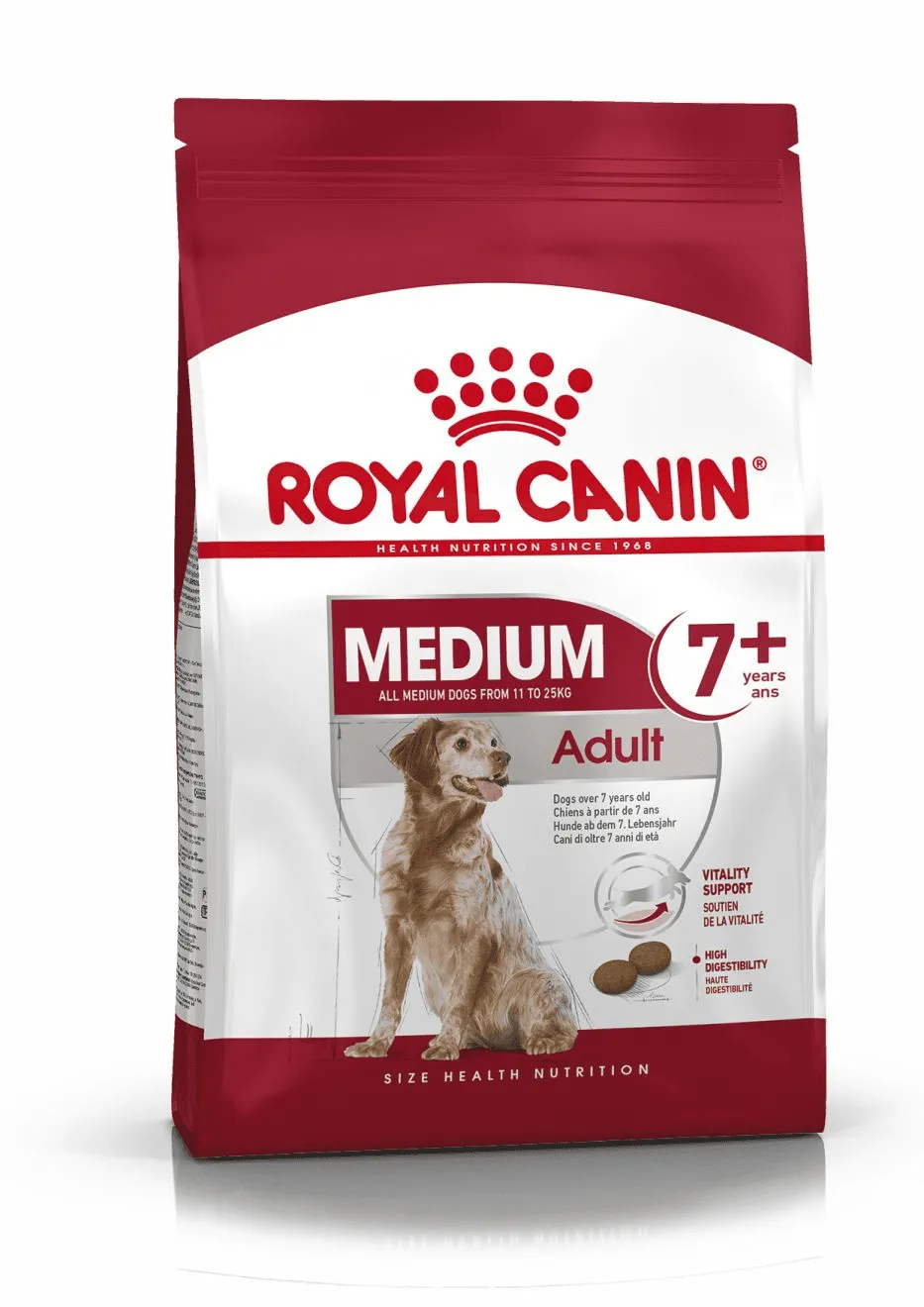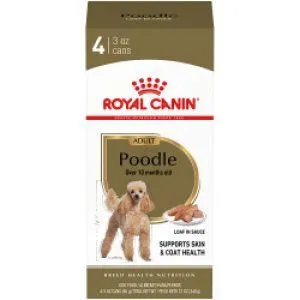Navigating the world of dog food can be overwhelming, with countless brands and formulas vying for your attention. Royal Canin, a prominent name in the pet food industry, frequently comes up in discussions about canine nutrition. As dedicated pet parents, understanding the quality and suitability of the food we provide is paramount for our dogs’ health and well-being. This in-depth analysis aims to address the question: Royal Canin Dog Food Is It Good? We will delve into its ingredient quality, safety concerns, and overall suitability, drawing upon established evaluation criteria to provide you with the information needed to make an informed decision for your furry friend.
Understanding Royal Canin’s Background and Philosophy
Royal Canin, now a part of Mars Petcare, was founded by veterinarian Jean Cathary in 1968. Over the years, it has undergone ownership changes and is now a sister company to Eukanuba. Mars Petcare has set ambitious environmental goals, with Royal Canin aiming for carbon neutrality by 2025. While admirable, the company’s commitment to transparency regarding ingredient sourcing and detailed nutritional research has been noted as lacking. Royal Canin emphasizes its creation of “precise nutritional formulas,” but specifics and supporting research are not readily shared. With nine manufacturing plants globally, Royal Canin produces a wide array of dog and cat food formulations.
When evaluating dog food, a comprehensive approach is essential. Our reviews are guided by specific criteria focused on ingredient quality and safety, aiming to provide an unbiased assessment. We understand that many pet owners are seeking reliable alternatives, and exploring options like nature’s domain puppy food review can be beneficial for comparison.
Royal Canin Dog Food: An In-Depth Analysis
Royal Canin offers an extensive range of dog food, categorized into four main lines: two dry food lines with 86 recipes and two canned food lines with 22 recipes. Our evaluation reveals that while Royal Canin offers specialized formulas for various breeds, ages, and health conditions, their dry food offerings generally score low according to our established criteria, categorizing them as high-risk. The canned foods, while scoring slightly higher, are still considered high-risk.
Ingredient Quality Concerns
A significant concern across many Royal Canin dry recipes is the high carbohydrate content, often stemming from grains and starches like corn, rice, pea fiber, wheat, barley, and oat groats. These ingredients frequently appear within the top ten ingredients, followed by a lengthy list of additives.
A notable absence in Royal Canin recipes is discernible whole food ingredients, including fruits and vegetables, which are crucial sources of essential nutrients and fiber. Instead, these recipes rely on a substantial number of added vitamins, minerals, and amino acids (often 15-30) to meet AAFCO minimum nutritional requirements. While these synthetic additions provide nutritional balance, the preference is for nutrients derived from whole food sources, which offer a broader spectrum of cofactors and better bioavailability.
Furthermore, the use of sodium selenite as a selenium source raises a flag. While selenium is necessary for dogs, research suggests potential toxicity associated with sodium selenite, making selenium yeast a preferred alternative.
Ingredient Splitting and Unnamed Products
Royal Canin employs a practice known as “ingredient splitting,” where ingredients are divided into subcategories to make them appear less prominent on the ingredient list. This can artificially elevate the perceived proportion of desirable protein ingredients.
Another area of concern is the use of unnamed animal products, such as fish oil, and plant proteins like wheat or corn gluten. Unnamed animal or fish products are often of lower quality and derived from rendered waste. Similarly, “chicken by-product meal,” a common ingredient, is a dry rendered product of slaughterhouse waste, with variable quality due to inconsistent raw materials.
Safety and Processing Issues
The high heat processing levels used in many Royal Canin foods can degrade essential nutrients. The presence of synthetic preservatives, ingredients high in pesticides and herbicides (sometimes in the top five), and genetically modified organisms (GMOs) in the top ingredients are also safety considerations. “Natural flavor,” often derived from animal digest or MSG, is considered a low-quality ingredient. Additionally, the common inclusion of rice in many recipes poses a potential risk due to arsenic contamination.
Royal Canin also does not specify whether fish or fish oil is sourced from wild-caught or farmed origins. Wild-caught fish is generally more nutritious and offers a better fatty acid balance. The company also fails to provide the omega-6:omega-3 ratio, a critical factor as AAFCO allows a highly inflammatory ratio of 30:1, which can contribute to chronic inflammation in dogs.
Review of Specific Royal Canin Lines
Royal Canin Breed Specific Dry: With 46 recipes, this line typically contains approximately 26% protein and 38% carbohydrates. Concerns include high carbohydrate content, excessive added vitamins and minerals, inflammatory seed oils, plant proteins, unnamed protein sources, cellulose, ultra-processing, high pesticide/herbicide foods, GMOs, natural flavor, synthetic preservatives, and the lack of omega-6:omega-3 ratio specification.
 Breed Specific Dry Food Bag
Breed Specific Dry Food BagRoyal Canin Dry: This line, with 40 recipes, shares similar concerns to the Breed Specific Dry range. The Medium Adult 7+ Dry recipe, for example, lists brewers rice, chicken by-product meal, wheat, and corn gluten meal among its primary ingredients. High carbohydrate content, excessive synthetic nutrients, inflammatory seed oils, and the lack of transparency regarding ingredient sourcing are recurring issues.
Royal Canin Canned: Scoring slightly higher but still considered high-risk, Royal Canin Canned food (12 recipes) averages around 37% protein and 27% carbohydrates. While meat products form a larger portion of the initial ingredients compared to dry food, concerns persist regarding cellulose, carrageenan (linked to intestinal inflammation), and the overall highly processed nature of the food.
Royal Canin Breed Specific Canned: This line (10 recipes) shows similar ingredient profiles and concerns to the general Royal Canin Canned food, including water as the first ingredient and the presence of carrageenan.
 Canned Dog Food Can
Canned Dog Food Can
Royal Canin Dog Food Recalls
As of our last update, Royal Canin has not had any official recalls or voluntary withdrawals. This is a positive point, but it does not negate the ingredient quality and safety concerns identified in their formulations.
Evaluating Your Dog’s Food: Key Criteria
When assessing dog food, two primary criteria are essential: ingredient quality and ingredient safety.
Ingredient Quality Assessment
- Carbohydrate Content: Excessive carbohydrates can disrupt gut balance.
- Unnamed Proteins: These are generally of lower quality.
- Fiber Sources: Cellulose (wood pulp) is a less desirable fiber source compared to fruits and vegetables.
- Added Vitamins and Minerals: An over-reliance on synthetic nutrients can indicate a lack of inherent nutritional value from whole foods.
- Added Amino Acids/Plant Proteins: These are often used as cheaper alternatives to high-quality meat protein.
- Inflammatory Processed Seed Oils: Certain seed oils can contribute to inflammation.
Ingredient Safety Assessment
- Processing Level: Highly processed foods can lose nutritional value.
- Genetically Modified Organisms (GMOs): The presence of GMOs is a concern for many pet owners.
- Pesticide/Herbicide Content: Ingredients grown with high levels of pesticides are undesirable.
- “Natural Flavor”: This vague term often masks low-quality ingredients like MSG or animal digest.
- Arsenic Contamination: Rice, a common ingredient, can contain arsenic.
Our evaluation methodology, developed in partnership with DogFoodReviews.com, aims to provide unbiased and objective criteria to help owners choose the best dog food. For those seeking alternative dry food options, reviewing kirkland nature’s domain puppy food review might offer valuable insights.
Conclusion: Is Royal Canin Dog Food Good?
While Royal Canin offers a vast array of specialized formulas and has a history free of recalls, our comprehensive analysis indicates significant concerns regarding ingredient quality and safety. The prevalent use of high-carbohydrate fillers, unnamed protein sources, excessive synthetic additives, and potential safety issues related to processing and ingredient sourcing place many of their products in a “high-risk” category according to our evaluation criteria.
For pet parents prioritizing optimal nutrition and minimizing exposure to potentially harmful ingredients, exploring brands that emphasize whole food ingredients, transparent sourcing, and a more balanced nutrient profile is recommended. Consulting with your veterinarian is always the best first step to determine the ideal diet for your dog’s specific needs.
References
- Dog Food Reviews: Royal Canin Dog Food Review


 Canned Dog Food Can
Canned Dog Food Can